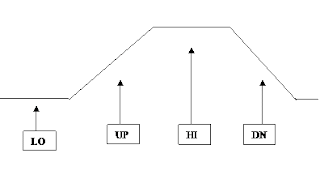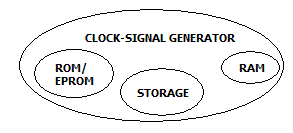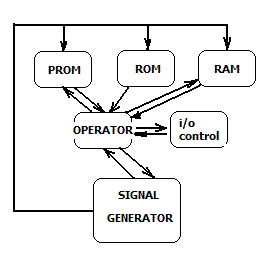COMPARISON of PC and U6 terms:
PC U6
Data Instruction mov,push,pop /,//,\,\\,
Segment Register S: CS DS ES SS @,#,$,&
Ordinary Register R: AX, BX...SP,DL {{,}},[,],<,>,>>
Computer CPU MultiDim Array machine
CPU CPU Operation Block
Clock clock Signal Generator
RAM RAM Data Block
ROM ROM Source Block
Buffer Buffer Store Block
File File Pack, Paq, Packet
Code Machine Logic
LUICS ( formerly Linguistic User Interface Command System) Logic-code Uniform Interface Command System is an U6 uniform language that incorporates the following:
AIPL – Artificial Intelligence Programming Language, Real-time adaptive, scripting, self-writing program, also used as a development tool.
ICICL – Information and Computer Interface Command Language – incorporates a network OS and netbios functions, primary interface with other network formats and brands
MACOL – Machine Access Object Language
Here is a comparison of the language codes:
Language
|
Explicit Declare
|
Implicit Declare
|
Operates:
|
LUICS
|
%
|
Nexus,script,node
|
Network,windowing,
GUI, API
|
ICICL
|
@
|
Alpha, number, opert
|
OS programming, DB&SQL, Math
|
AIPL
|
*
|
Object, subject,action
|
Modeling, simulation, gaming
|
SLATRAN
|
$
|
Image, graph, char
|
Object-network API
|
MACOL
|
#
|
Block, operon,acton
|
Programming,
object,memory,
Match,search
|



